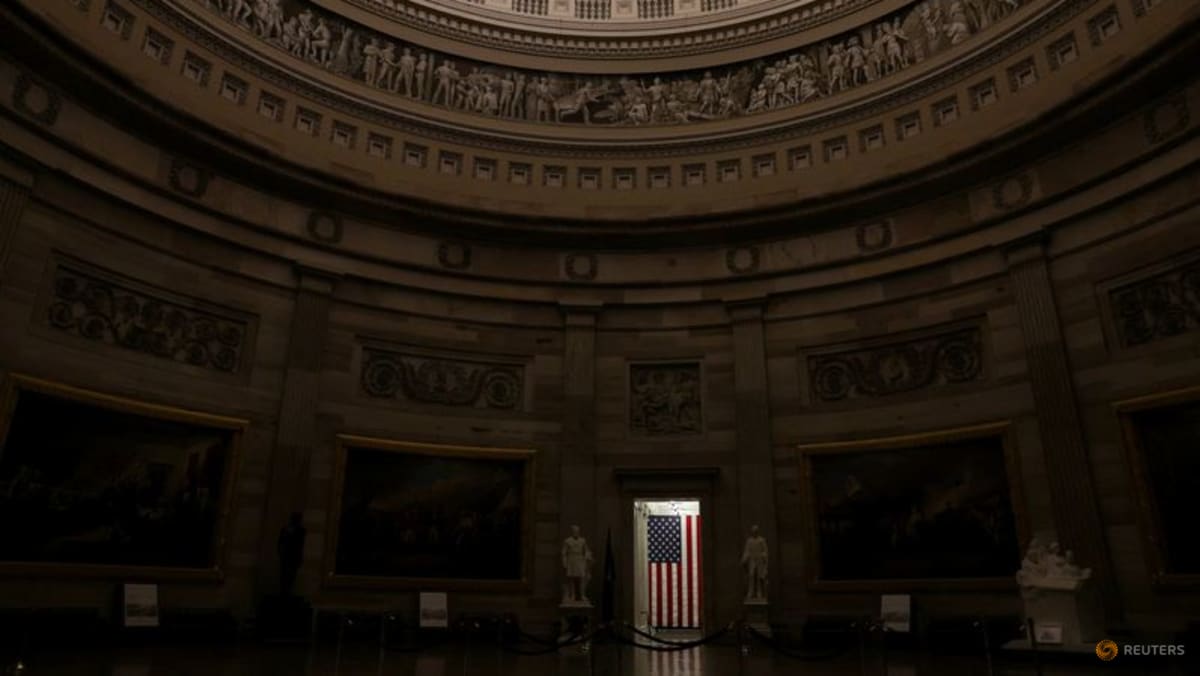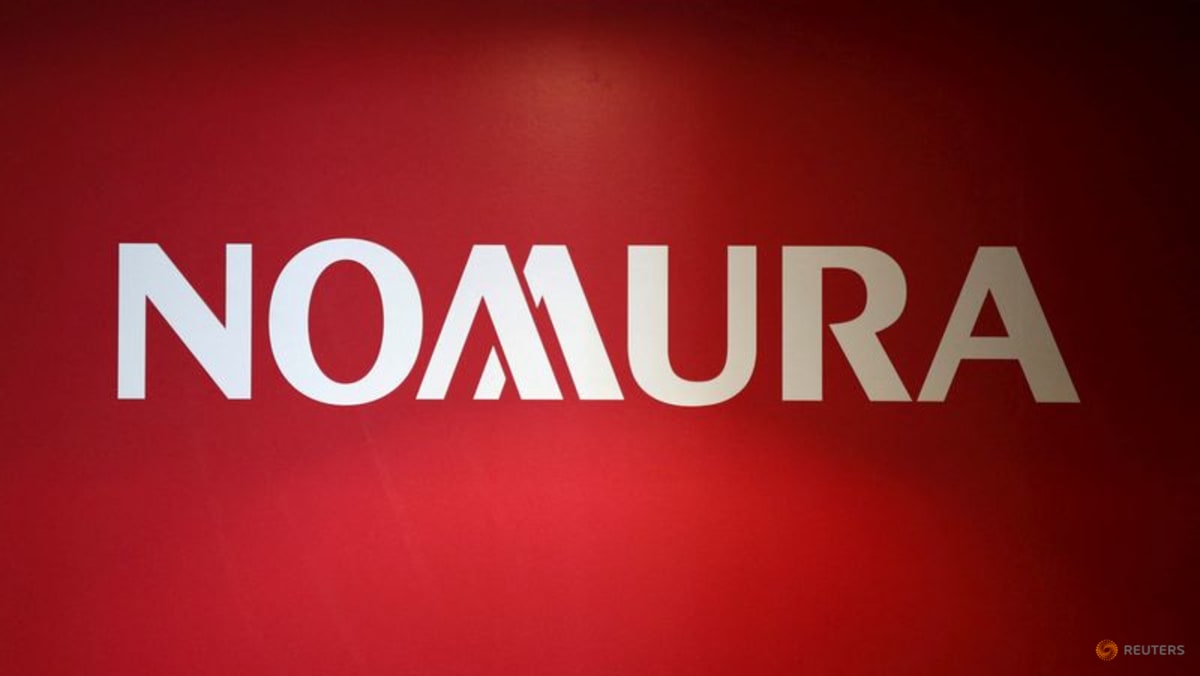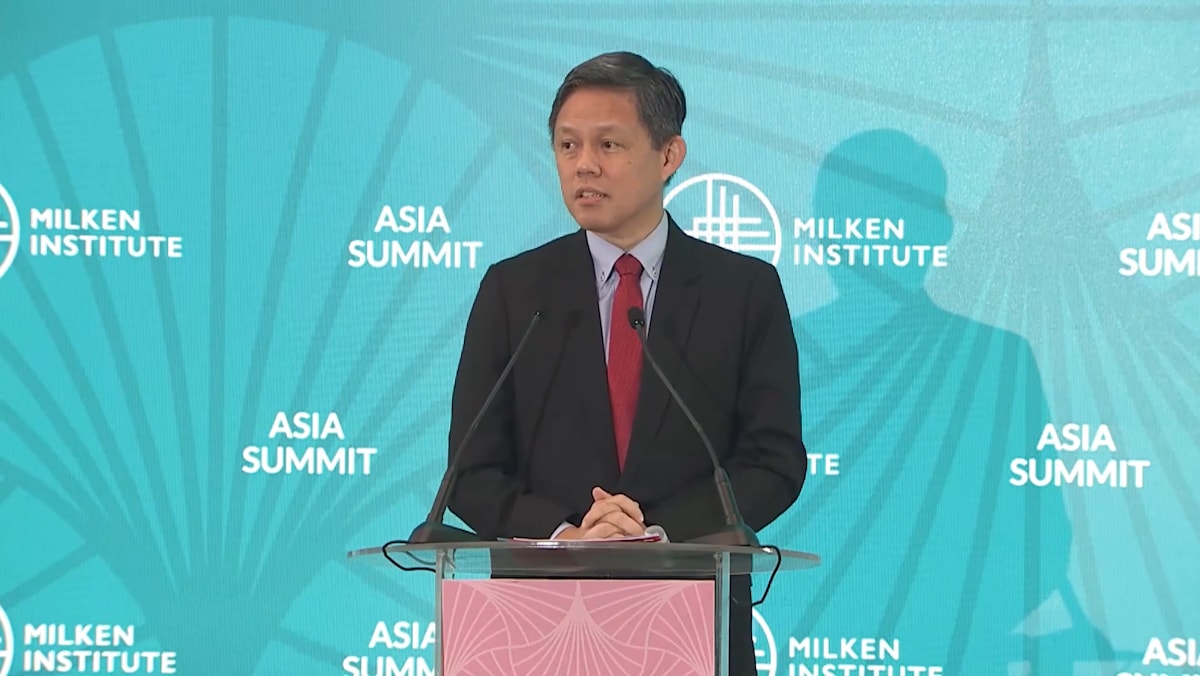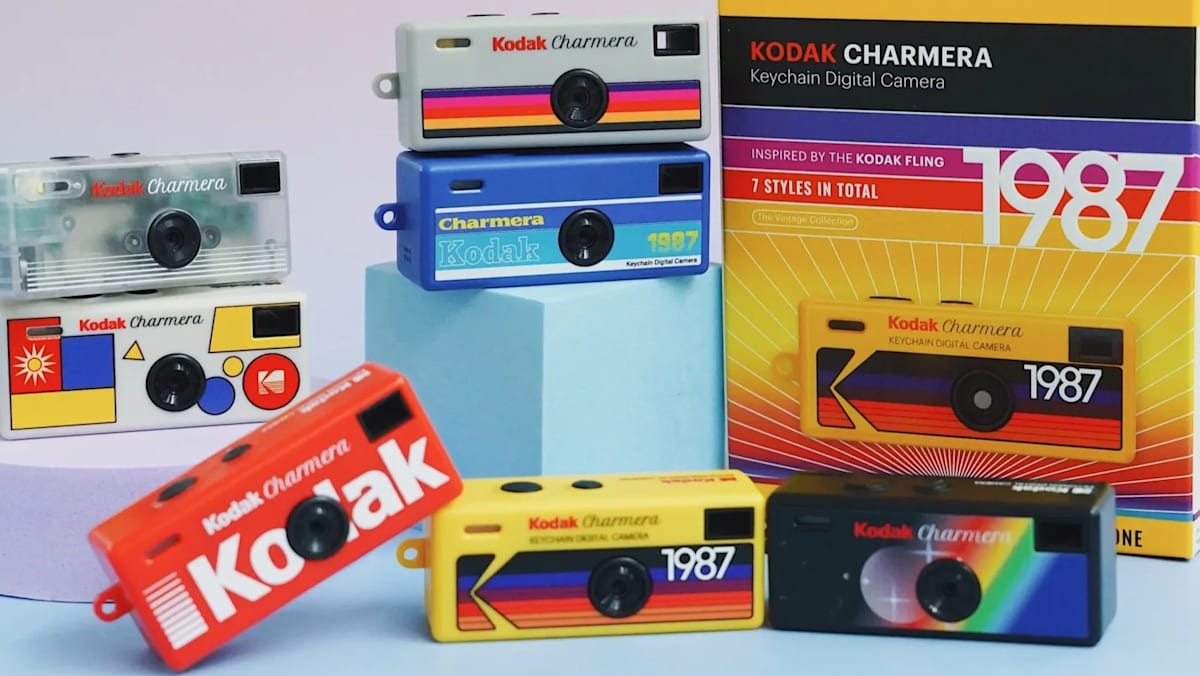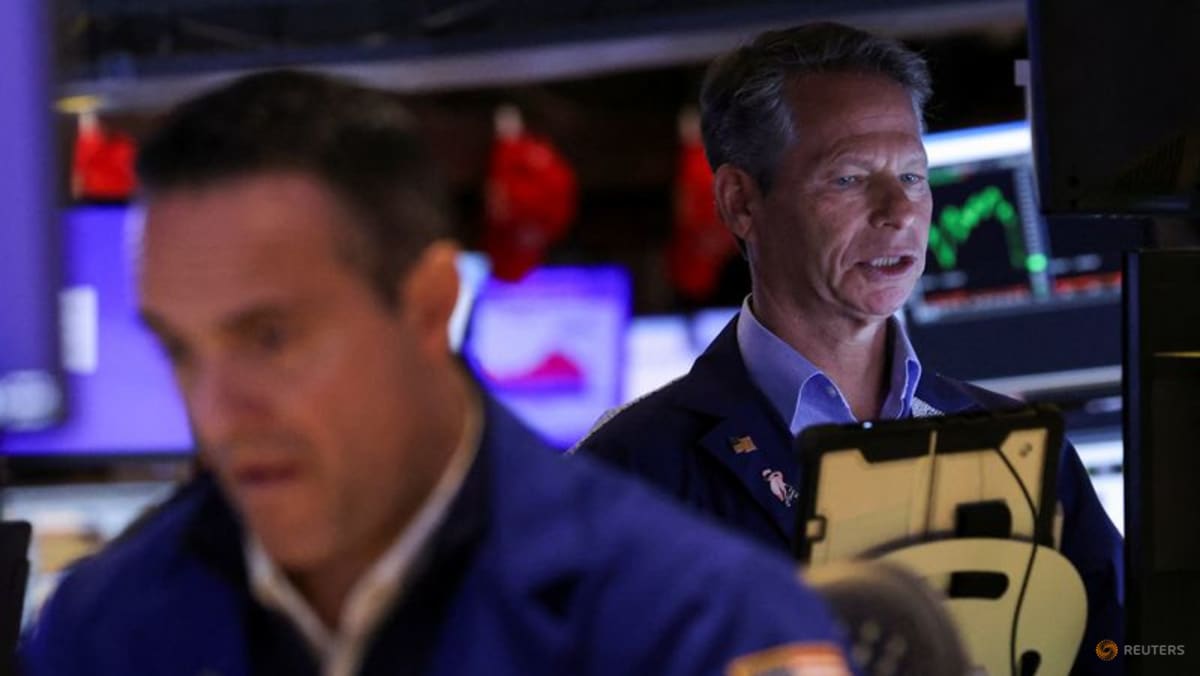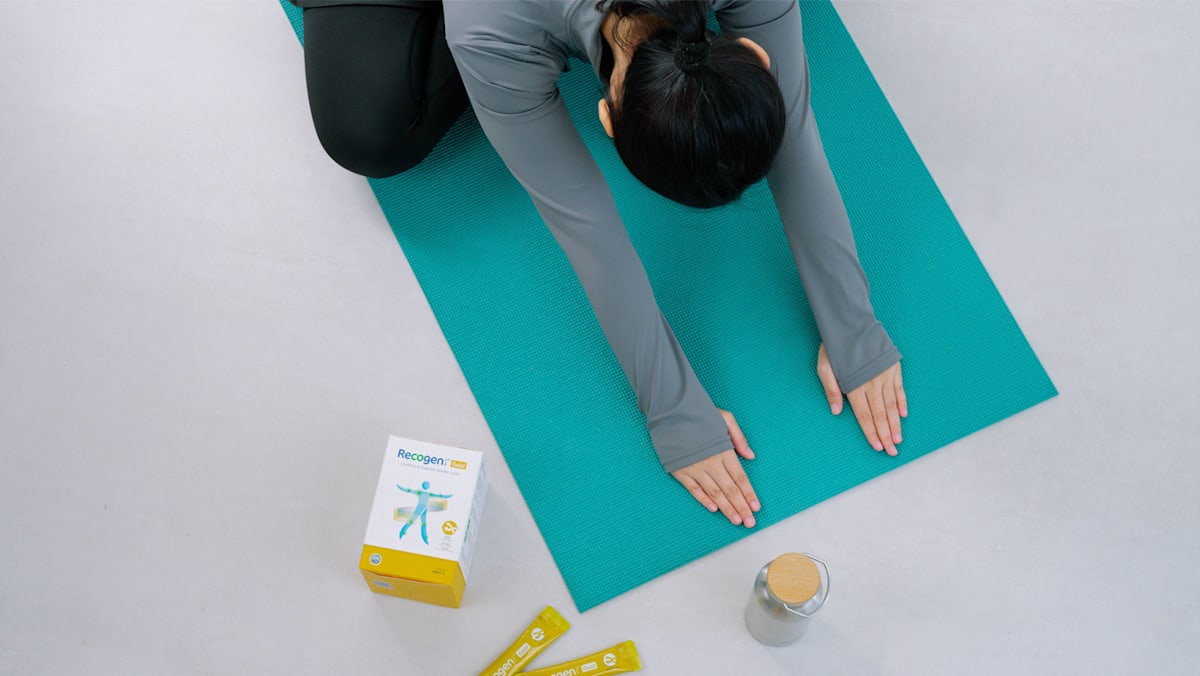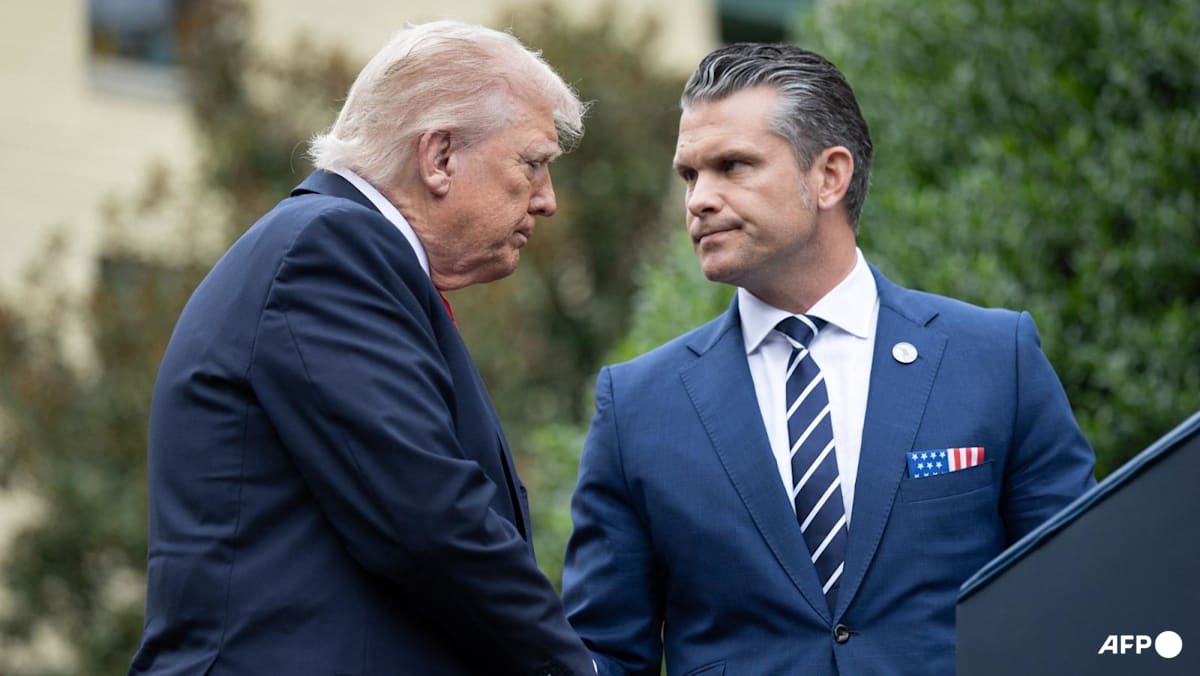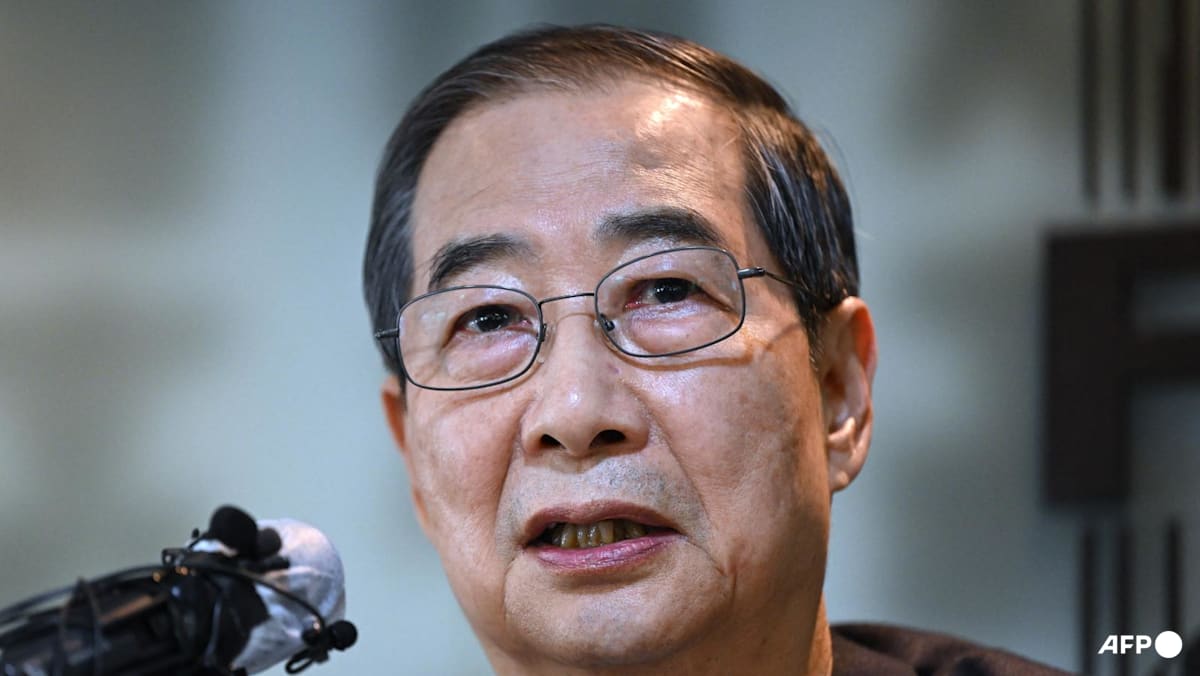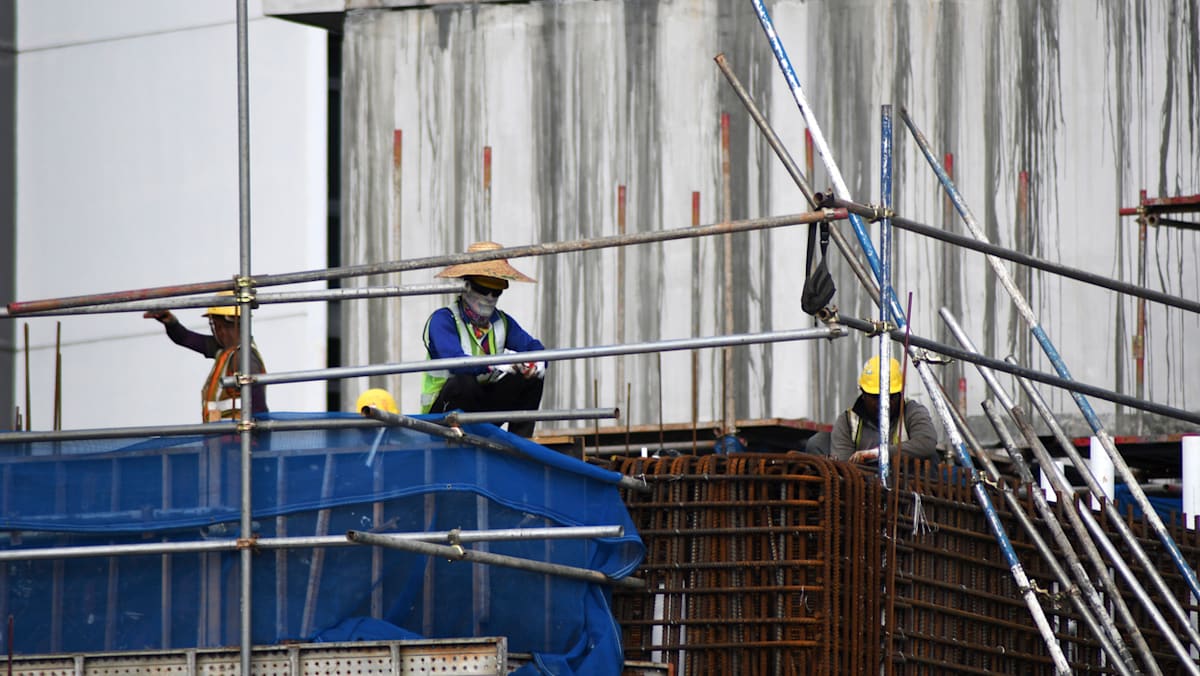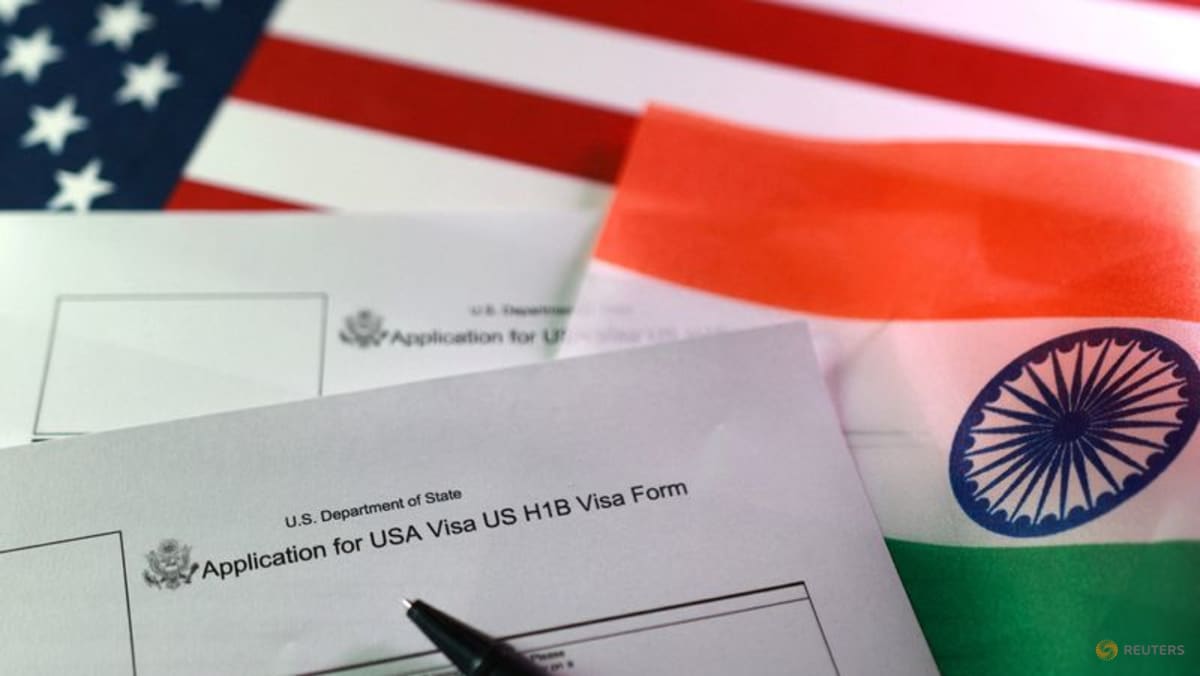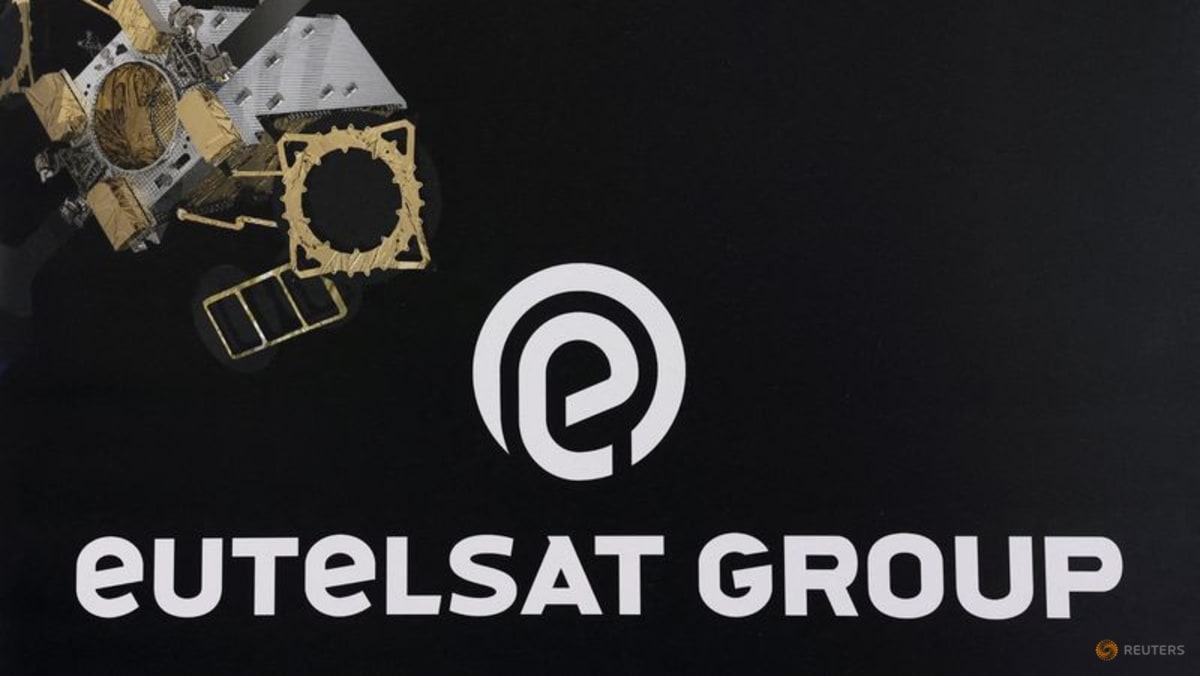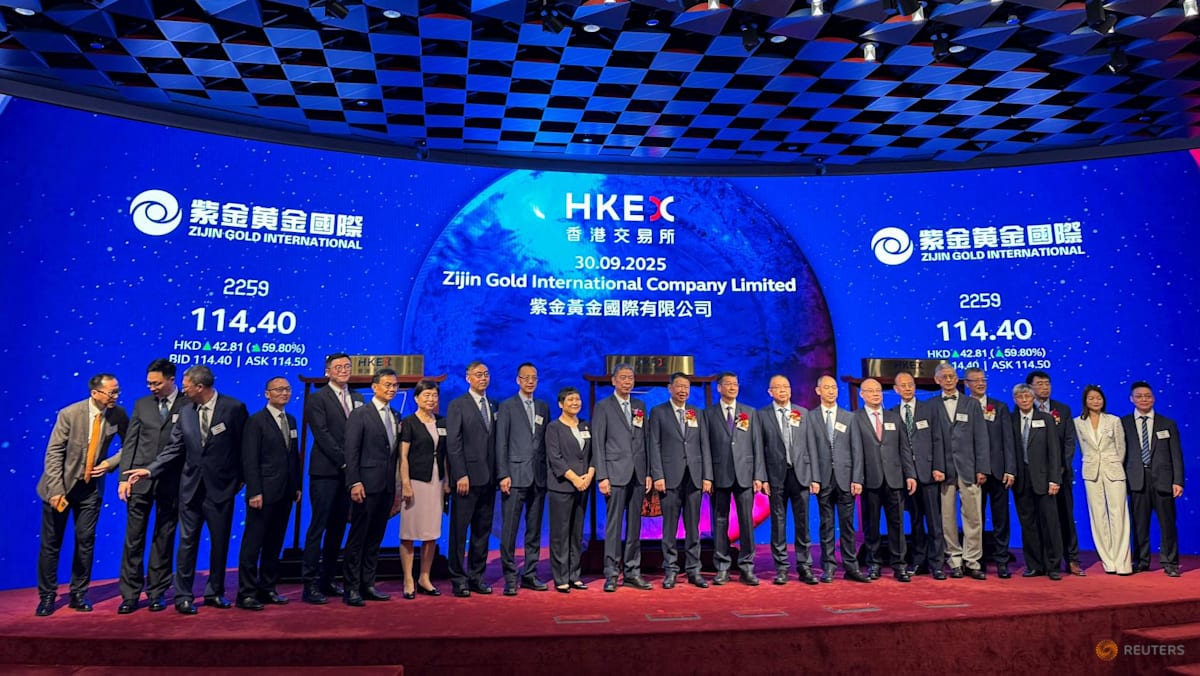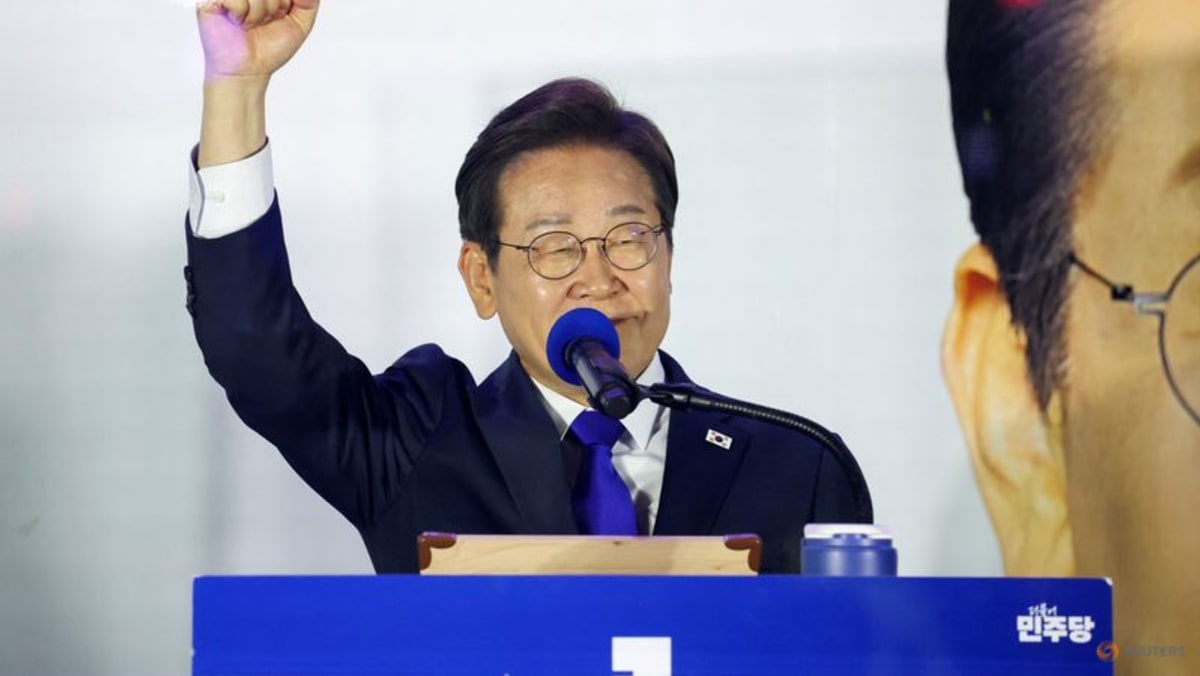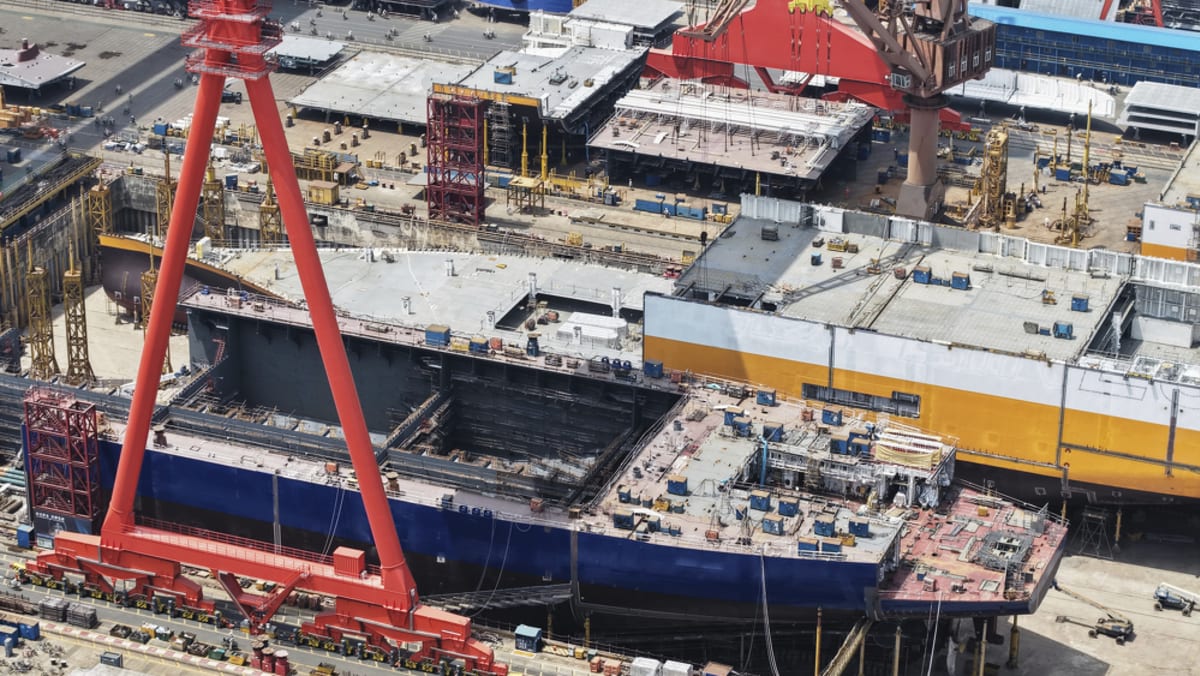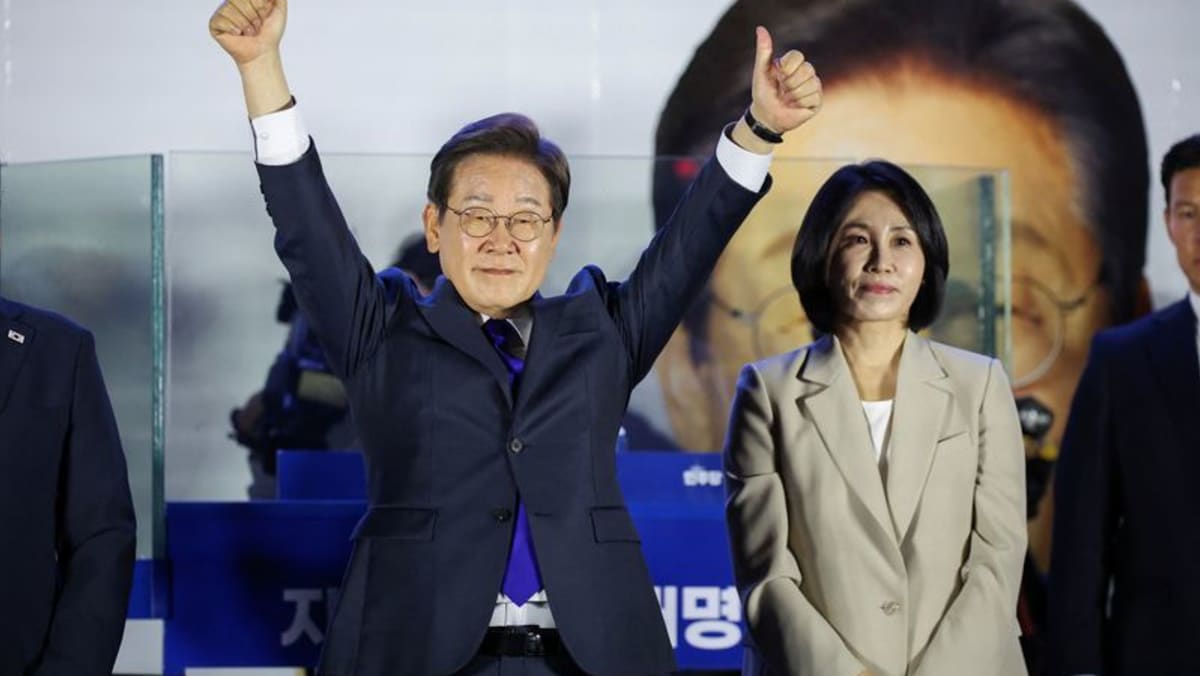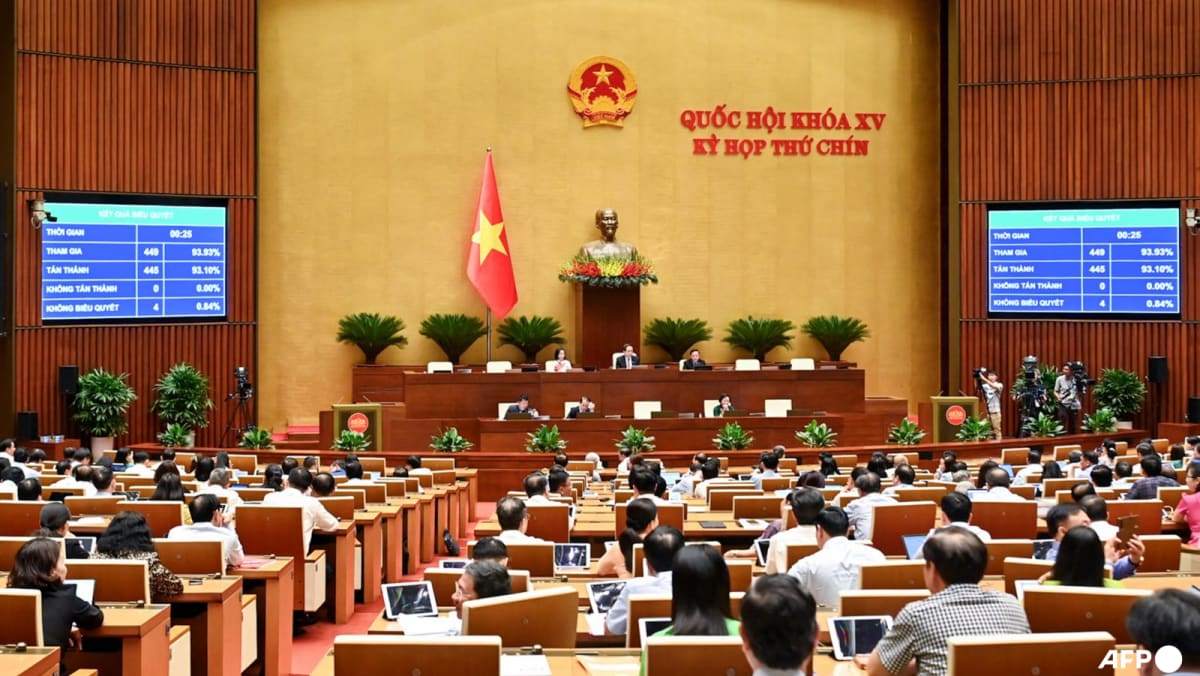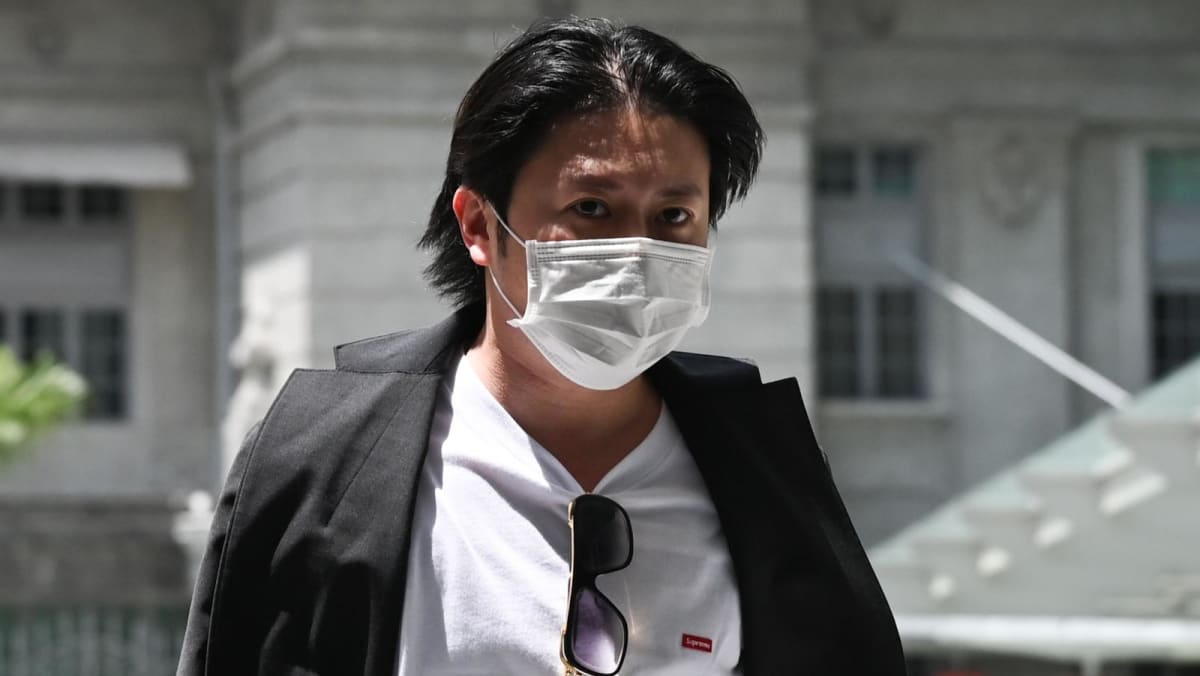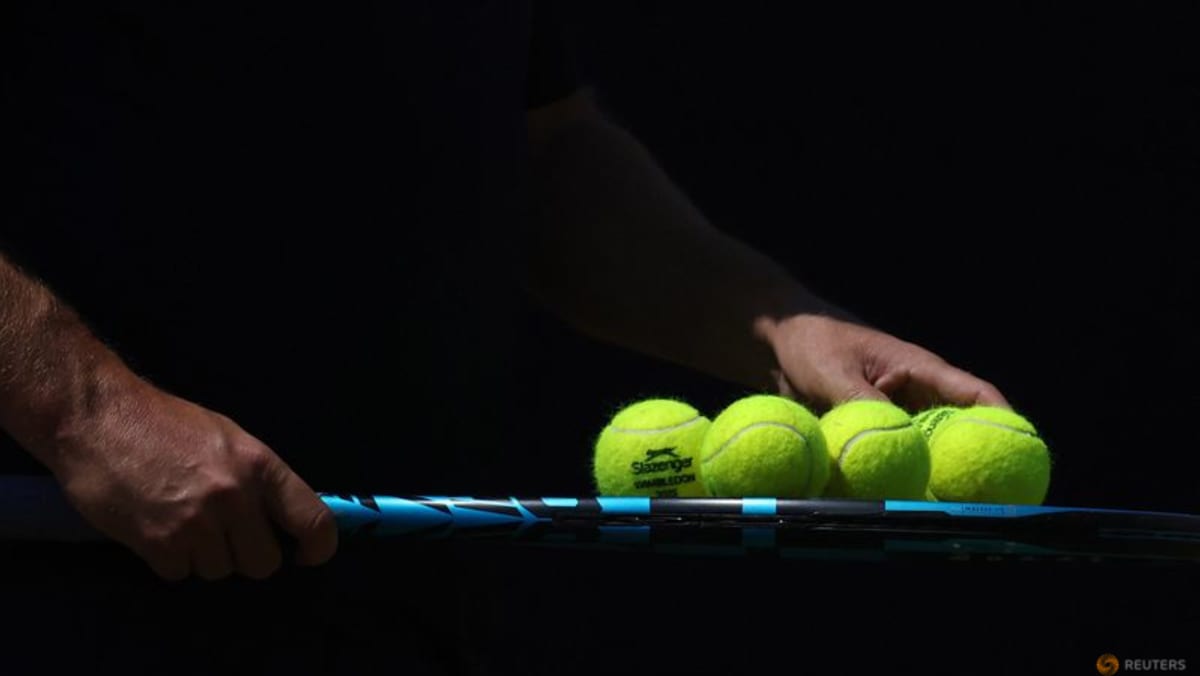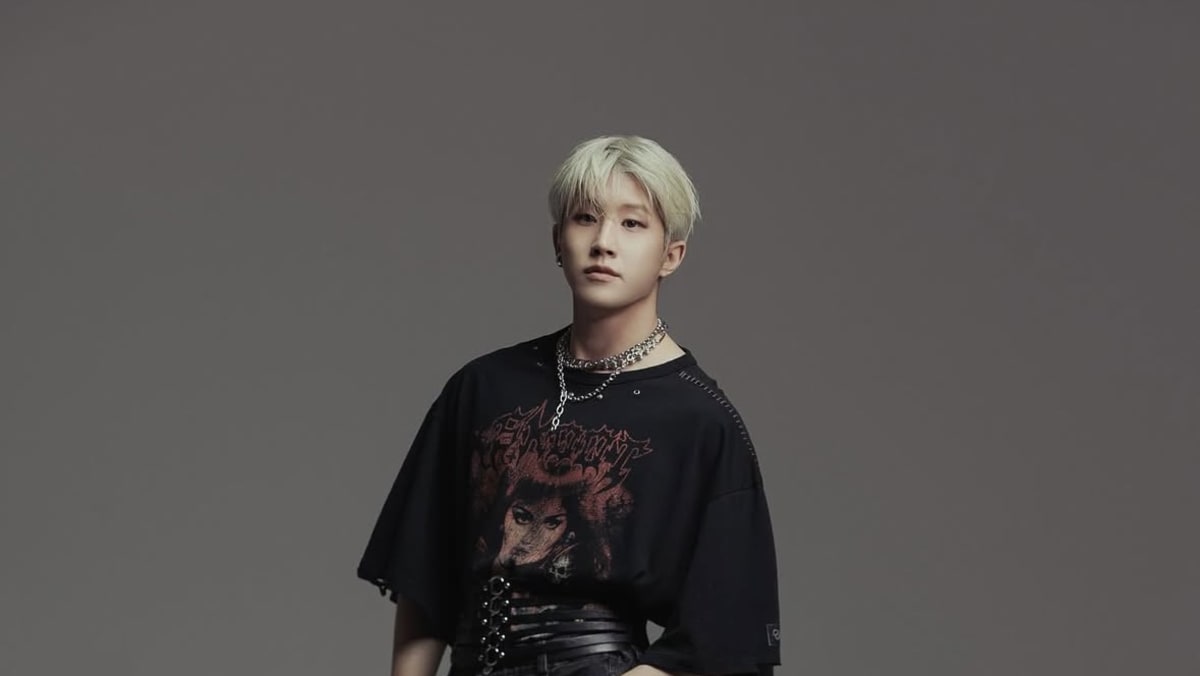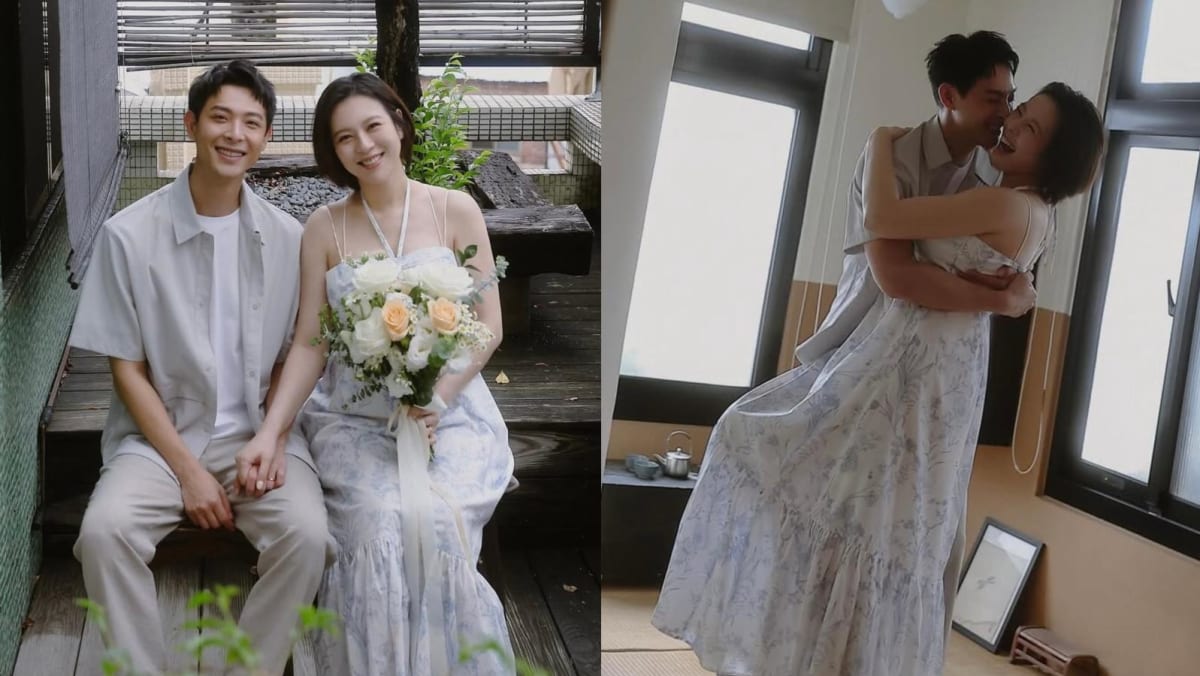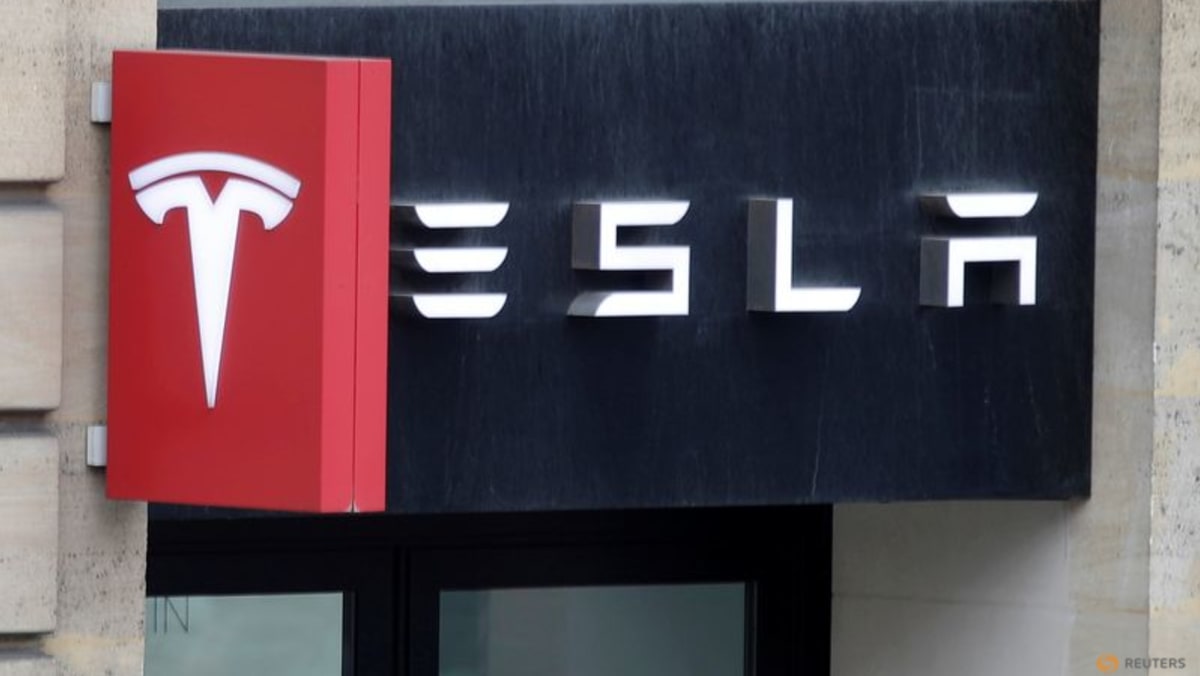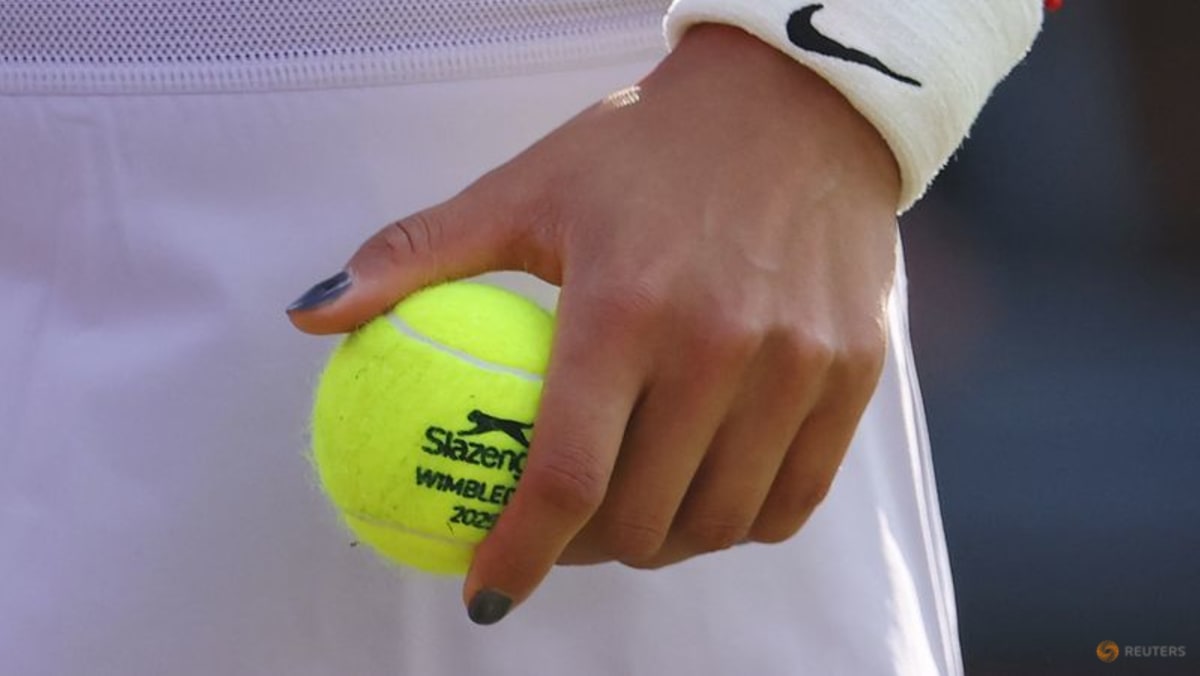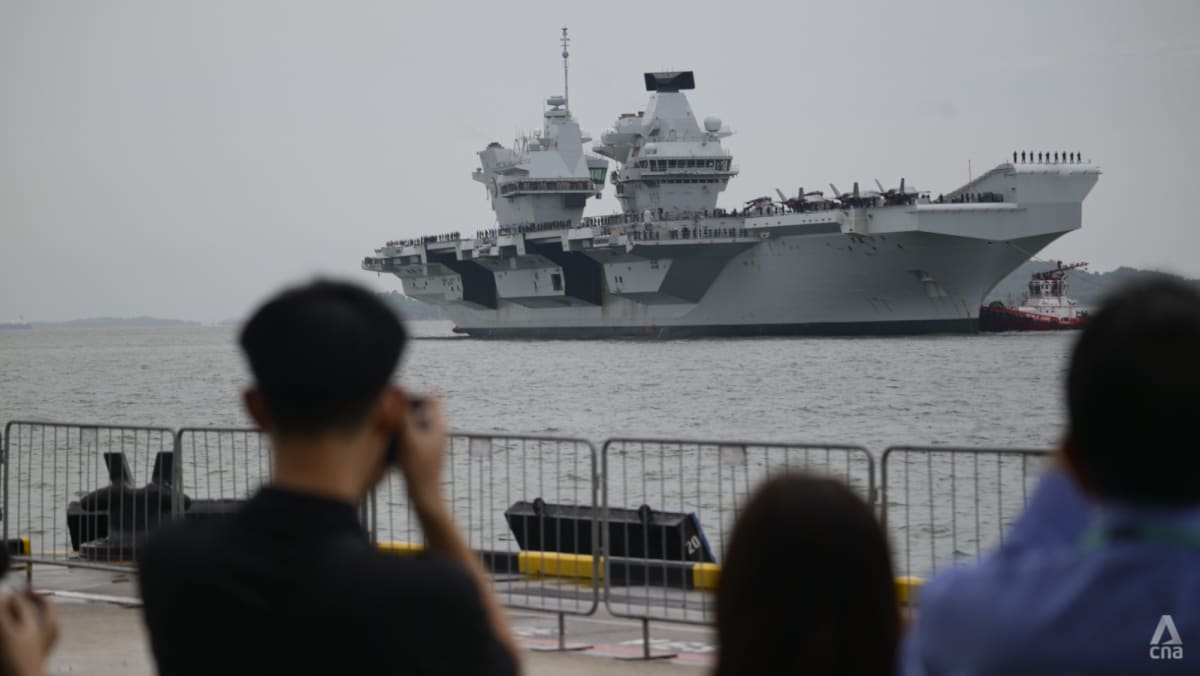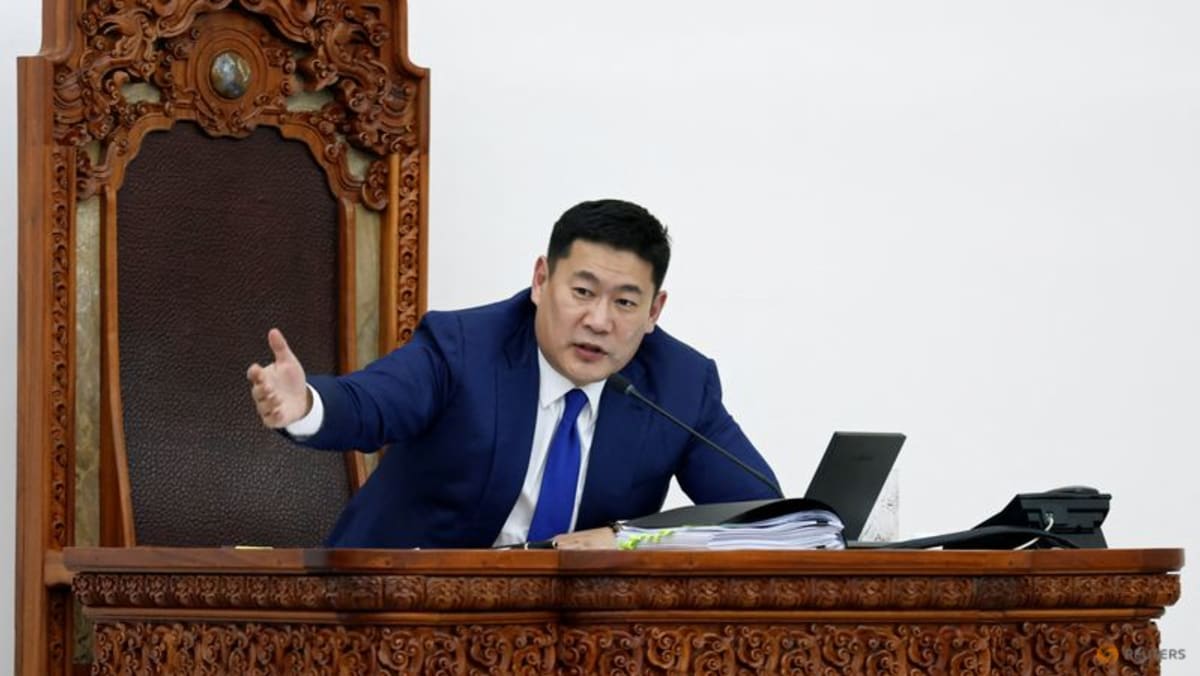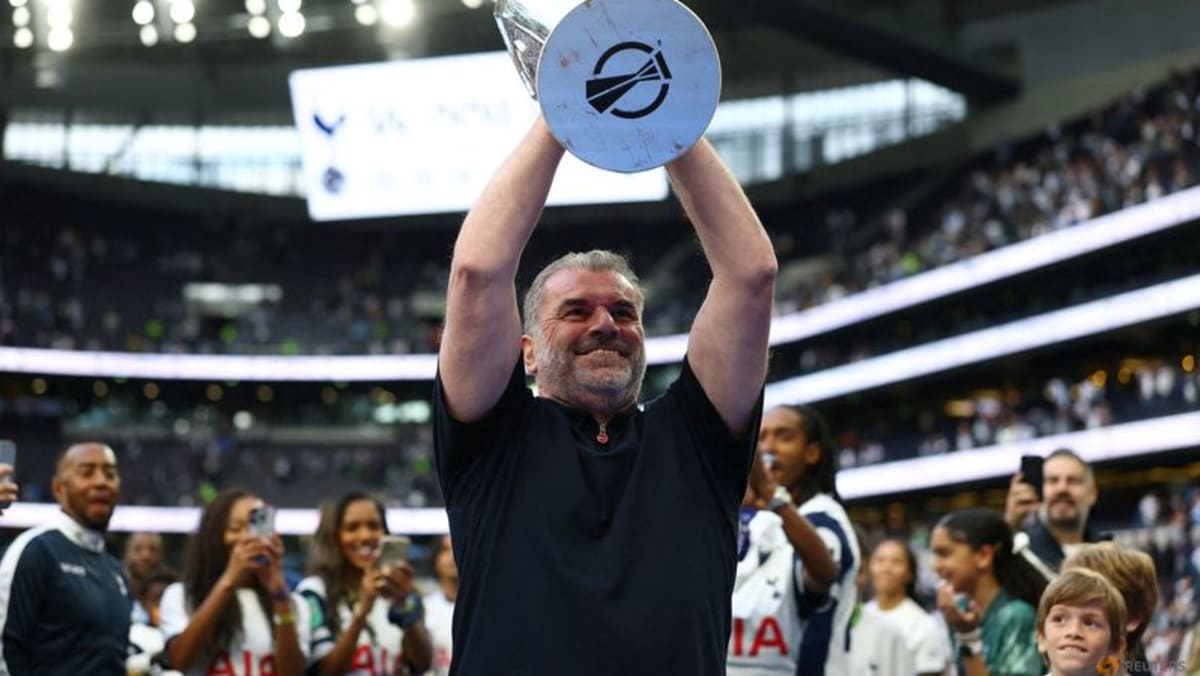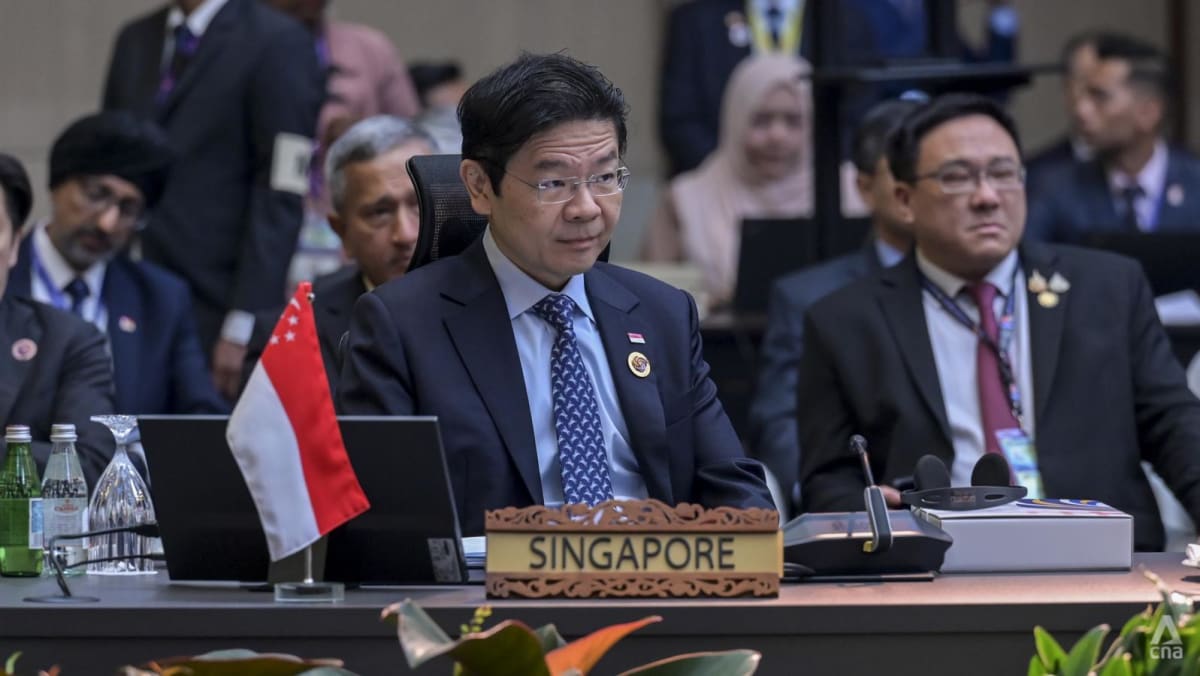BERLIN: At long, long last, Donald Trump is showing teeth to his Russian counterpart, Vladimir Putin. Flanked in the Oval Office by a flatterer in the form of NATO Secretary General Mark Rutte, the US president announced on Monday (Jul 14) that he’ll be sending lots more weapons to Ukraine, with the twist that the European allies will be paying for them first. It’s a twofer: America Still First, but Ukraine no longer last.
Lest that message was too subtle for Putin, Trump also set another of the deadlines he’s so fond of: If there’s no ceasefire deal between Russia and Ukraine within 50 days, the US will impose secondary tariffs of 100 per cent on countries (notably including China and India) that still buy Russian oil and gas, thereby funding the Kremlin’s war machine.
A Bill to that effect is already waiting in Congress for the president’s signal (it envisions punitive tariffs of 500 per cent, but who’s counting). The US government, including members of both parties, finally appears ready again to up the pressure on Moscow to end the killing.
For anybody who last paid attention in February, these gestures must seem like a volte-face. That was when Trump, sitting in the same chair but next to Ukrainian President Volodymyr Zelenskyy, excoriated his guest for having “no cards” and blamed the victim, Kyiv, for the war instead of the aggressor, Moscow.
PLAYING TRUMP “LIKE A FIDDLE”
A lot has happened since then – but nothing in the way of a Trump-brokered ceasefire. “I felt that we had a deal about four times,” the president complained to Rutte as he was describing his many phone calls with Putin.
But the Russian president was feeding him “bullshit”, he recently kvetched; Putin is “very nice to us all the time, but it turns out to be meaningless”. In the evenings Trump would tell the First Lady what a great call they had again, and she’d just remark that Russia was just then bombing another Ukrainian city.
Adding to his genuine frustration must have been growing embarrassment over looking weak, as everyone outside of his MAGA fan base was pointing out the obvious: Putin has been playing Trump “like a fiddle”, in the words of Jeanne Shaheen, the ranking member on the Senate Foreign Relations Committee. Some Republicans agree, even if their language is more circumspect.
In marketing terms, this war was becoming a loser for a president who keeps boasting that he will deliver “peace through strength”. Polling suggests that US public opinion is shifting in Kyiv’s favour, including a survey conducted in May (by a Republican pollster on behalf of a think tank called the Peace Through Strength Institute, no less) that found 84 per cent of likely voters backing sanctions on Russia’s exports and 76 per cent supporting US military aid.
Other psychological factors also played a part. Trump hates the smouldering TACO (“Trump Always Chickens Out”) meme and correspondingly loved the opportunity to display his hard power by bombing Iran.
That said, Operation Midnight Hammer does not disprove TACO, since the pattern spotted by scholars is that “Trump uses threats and force much like a playground bully: … he actually fears the use of force in any situation even vaguely resembling a fair fight.” Iran cannot credibly attack the US; Russia can.
STARTING TO LOOK WEAK
So the motivation for Trump’s newfound toughness remains suspect. He is not acting because Putin violated the foundations of international law and morality with an unprovoked invasion of a sovereign country. Nor because Russia’s aggression in eastern Europe threatens America’s geostrategic interests.
If these things bothered him, we’d know by now. Instead, Trump is increasing the pressure because he was starting to look weak and because Putin, whom Trump long considered his strongman bro, was getting under his skin.
If Trump wanted to show real strength, he could do a lot more, even short of anything military.
Another Bill gathering dust in Congress, also Republican-sponsored and bipartisan, would let the US seize Russia’s overseas central-bank assets and give them to Ukraine, and encourage the Europeans (who hold most of the Kremlin’s offshore reserves) to do the same.
Meanwhile, the remaining tranches of American weapons going to Ukraine still stem from aid packages passed under Trump’s predecessor, Joe Biden. Just don’t remind Trump.
DOING AND SAYING THE RIGHT THINGS, BUT DOES TRUMP MEAN IT?
The changed tone in the Oval Office is nonetheless great news, not only to the valiant Ukrainians but also to America’s European allies, who are nowadays more used to playing the role of adversaries in Trump’s trade wars.
This week, the US president suddenly found positive things to say about America’s transatlantic partners – the “esprit de corps they have is amazing”, Trump remarked next to a beaming Rutte, and “having a strong Europe is a good thing”. All true, but novel from a president who’s more wont to diss US allies and laud US adversaries.
Two cheers to Trump, then, for doing and saying the right things this week. I’ll add the third once I have reason to believe he means it and sticks with the new approach, by making common cause with America’s allies and the Ukrainians to stare down Putin in a manner that not only Moscow but also Beijing and Pyongyang will understand and respect.
Heck, in that event I’d even nominate Trump for a Nobel Peace Prize.


